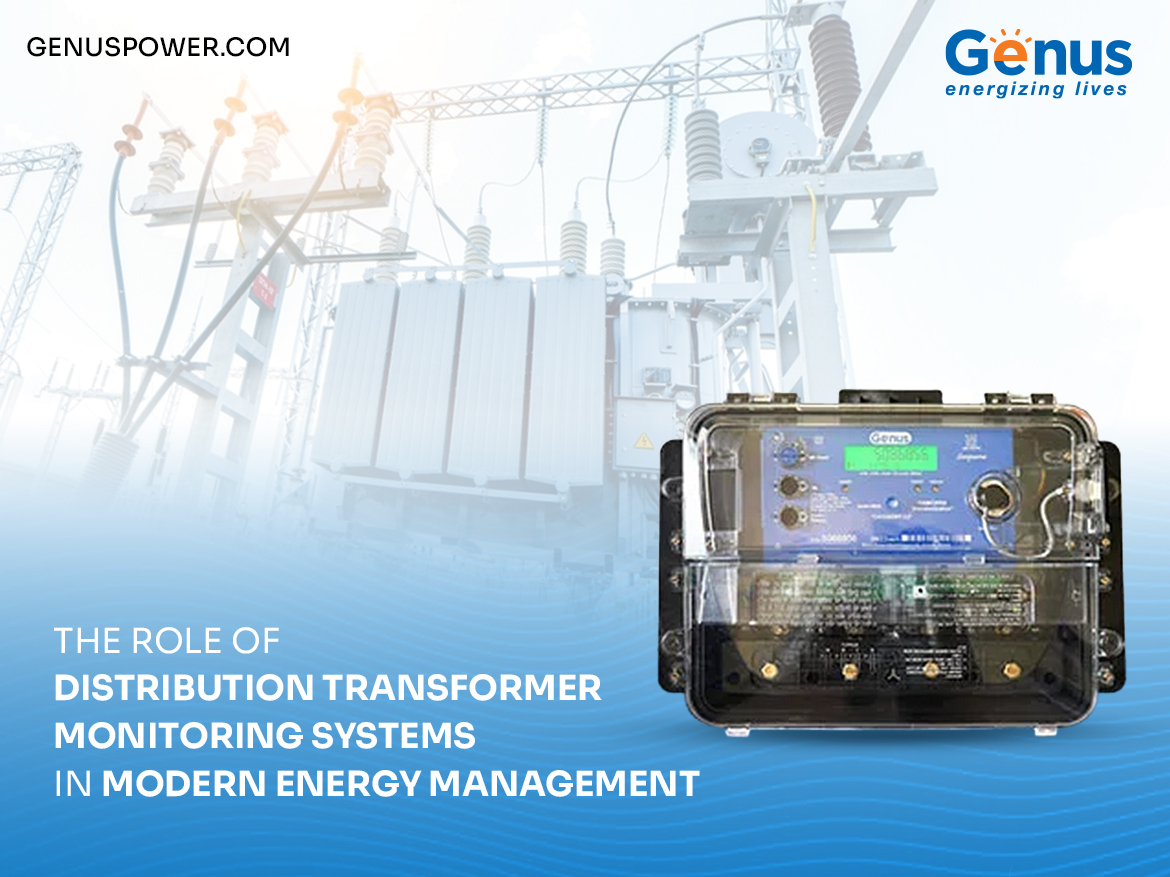
As the demand for electricity increases, so does the need for a stable and efficient power distribution system. Distribution transformers – the backbone of modern power networks, often face operational stress, which can lead to inefficiencies and unexpected failures.
Traditionally, utilities followed a reactive maintenance approach, addressing transformer issues only after failures occurred. This approach often resulted in costly downtimes, power disruptions, and increased operational expenses.
With the advent of distribution transformer monitoring systems powered by IoT and smart analytics, utilities can now proactively manage their assets, improve reliability, and enhance operational efficiency.
This blog explores how advanced distribution transformer metering technologies are transforming grid infrastructure, enhancing sustainability, and driving better decision-making.
A distribution transformer is a critical component of the electrical grid, stepping down high-voltage electricity from transmission lines to a level suitable for homes, industries, and businesses. However, traditional transformers lack real-time monitoring capabilities, making it difficult for utilities to detect performance issues or anticipate failures in advance.
To address these challenges, distribution transformer monitoring systems integrate IoT-based sensors, smart analytics, and cloud connectivity to provide utilities with real-time insights into transformer health and performance.
Modern distribution transformer monitoring systems, often equipped with smart metering capabilities, incorporate several advanced features:
By implementing these intelligent systems, utilities can enhance power quality, extend asset lifespan, and lower operational expenditures.
Monitoring systems in real-time helps detect faults early, preventing unexpected outages and ensuring uninterrupted power supply. Automated diagnostics assist utilities in making proactive maintenance decisions.
By analyzing transformer load patterns, utilities can better balance power distribution, reduce stress on individual transformers, and prevent overloads.
Predictive maintenance minimizes the need for emergency repairs and extends transformer lifespan. This reduces operational costs and enhances return on investment.
Data analytics from distribution transformer metering setup allows for support better energy planning and reduce technical losses.
Real-time monitoring ensures compliance with safety regulations by preventing hazardous conditions such as overheating or oil leaks. Utilities can also mitigate risks associated with manual inspections in hazardous environments.
The deployment of distribution transformer monitoring systems enables:
By integrating distribution transformer metering with smart grids, utilities can create an intelligent energy ecosystem that is resilient, self-healing, and optimized for future energy demands.
In today’s evolving energy landscape, the need for reliable and efficient power distribution is more critical than ever. Distribution transformer monitoring systems are revolutionizing the way utilities manage transformer health, optimize maintenance strategies, and ensure grid stability. By leveraging smart grid solutions, utilities can create a more resilient, cost-effective, and sustainable energy ecosystem.
With advancements in distribution transformer metering, the future of power distribution is not just about delivering electricity but about delivering smarter, safer, and more efficient energy management. As the energy landscape continues to advance, Genus Company continues to drive innovation by delivering cutting-edge monitoring solutions that shape the future of power infrastructure in India and across the globe.